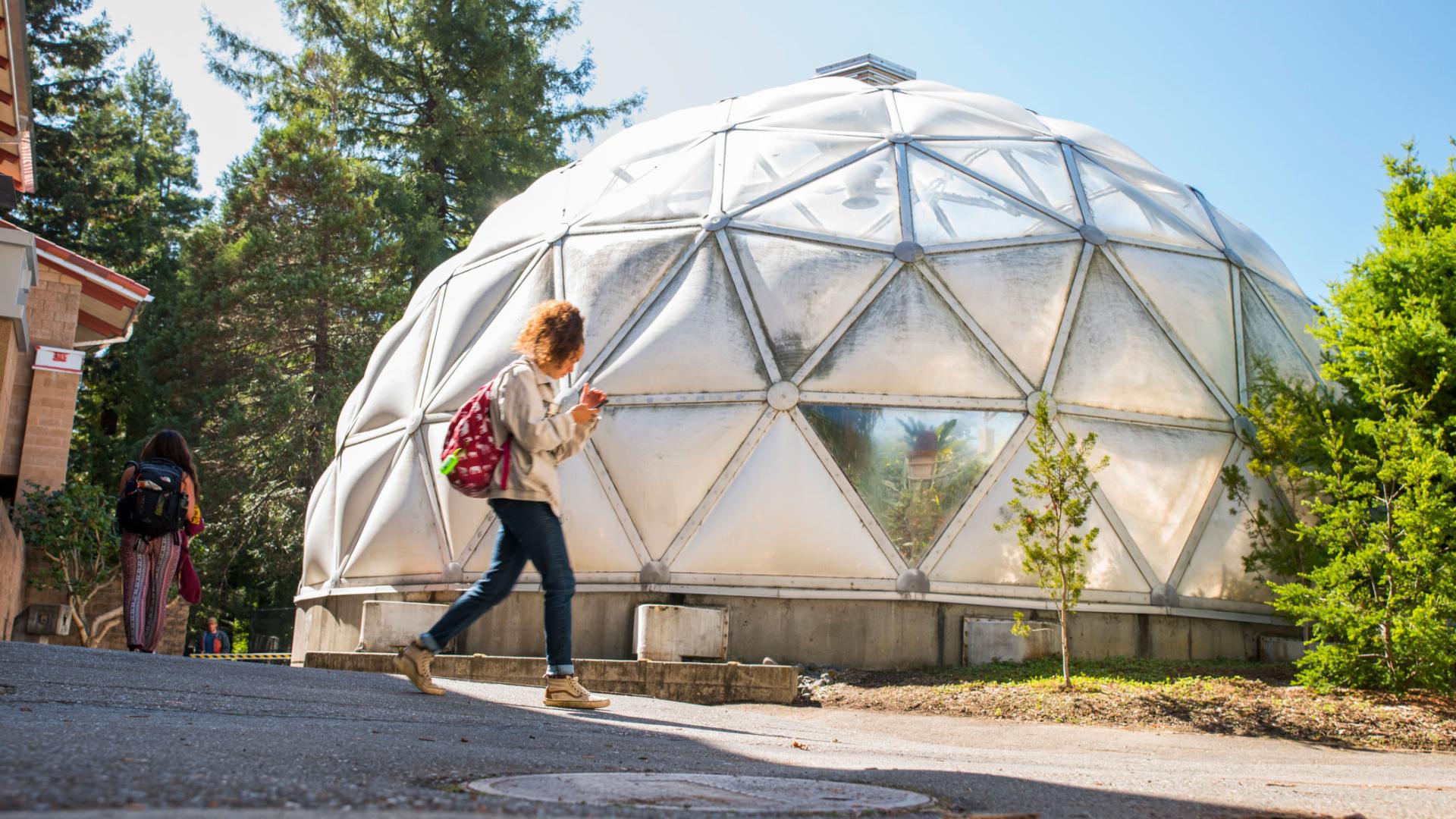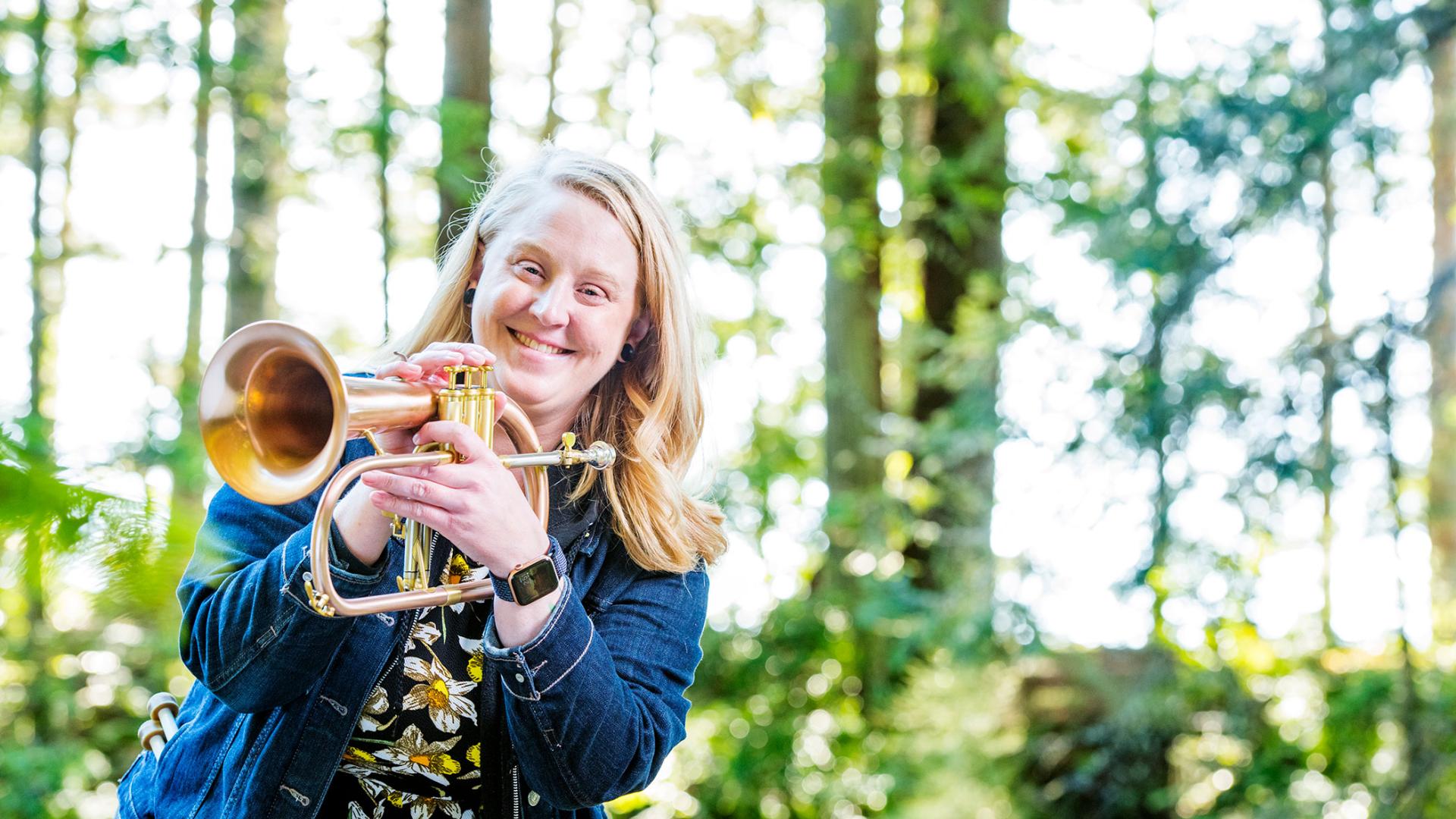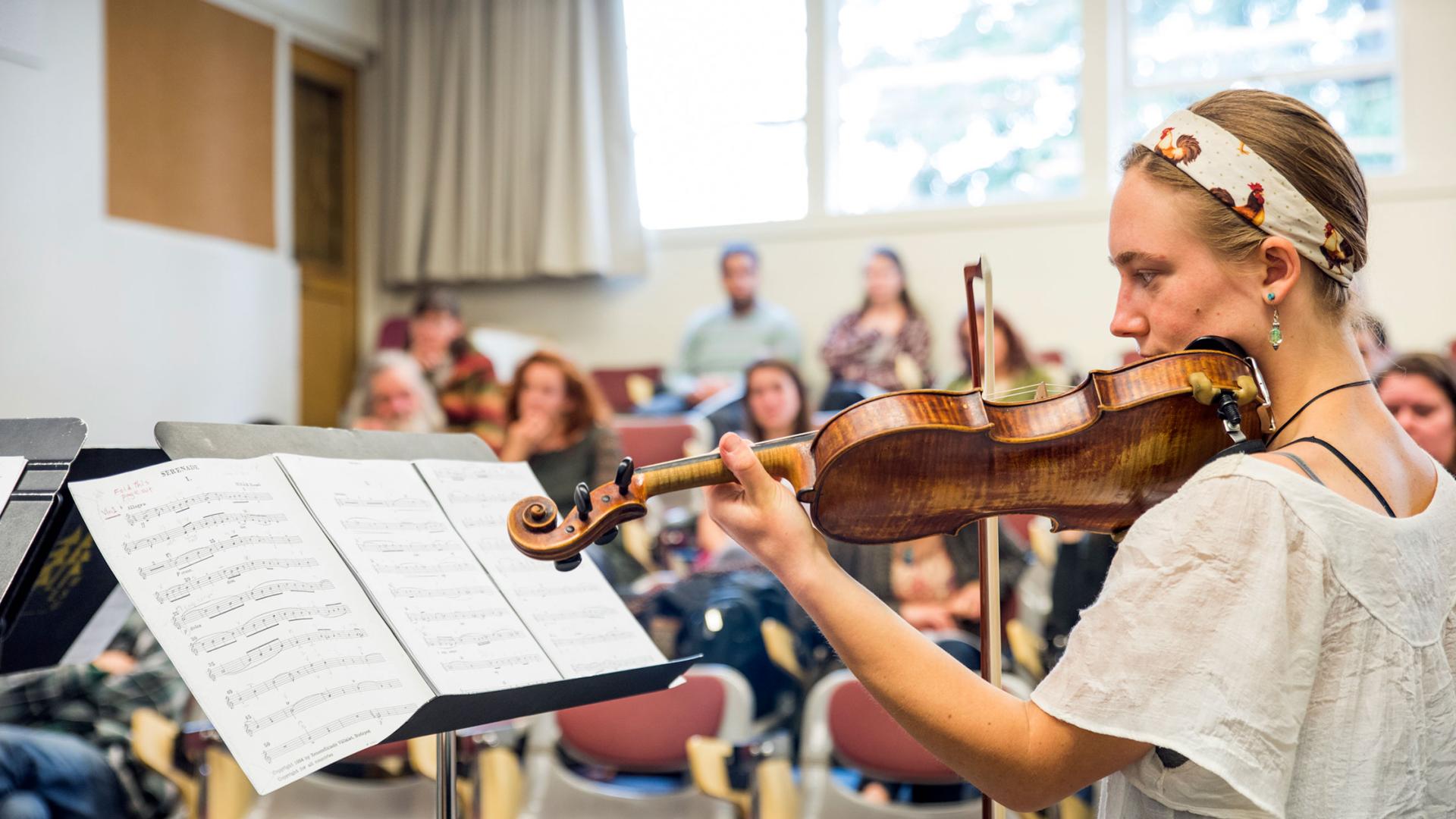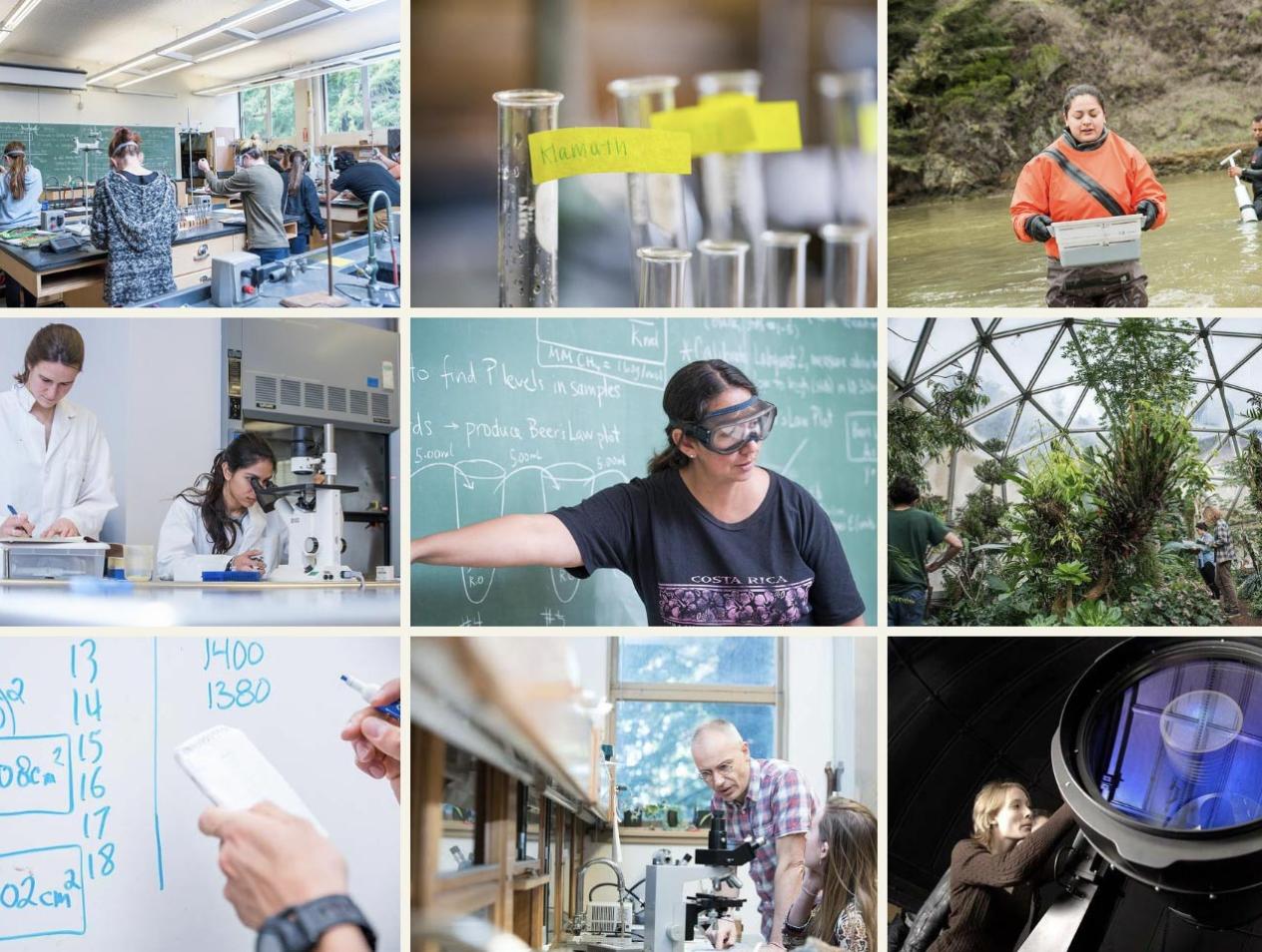Breadcrumb
Achievements
Find out what our students, faculty, and staff are being recognized for.
Lori Dengler
Geology
Geology Professor Lori Dengler has been named Chair of the California Integrated Seismic Network (CISN) Advisory Committee. CISN is the system that integrates the data inputs from the USGS, California Berkeley Seismological Laboratory, Caltech Seismo Lab, and the California Geological Survey into a seamless interface for rapid dissemination of earthquake information to a broad spectrum of users. CISN software packages are designed for first responders, emergency managers, and critical lifeline organizations. In the next decade, CISN will be taking the lead in implementation of California's Earthquake Early Warning System. More information about CISN is at http://www.cisn.org/
Team Leader: Luke Halonen. Team Members: Julian Quick, Skira Brathwaite, Kevin Brenes-Melgar, Solomon Clark, Matthew Collins, Anthony Eggink, Grant Goddard, Lori Jones, Mathew Nyberg, and Arrow Walker. Faculty Advisor: Douglas Saucedo
Environmental Resources Engineering
On May 8th, the team received the Honorable Mention (2nd place) award for innovative system design and excellent analysis in the Hydrogen Education Foundation’s 2014 Hydrogen Student Design Contest. The team designed a modular, drop-in hydrogen fueling station that can be installed in under a 7 days, and dispense 5 kg of high pressure hydrogen fuel in under 5 minutes. See http://hydrogencontest.org/ for more details.
Bruce O'Gara
Biological Sciences
Bruce A. O'Gara, Professor of Zoology and Chair of the Department of Biological Sciences, was recently profiled in the Member Spotlight section of the American Association for the Advancement of Science (AAAS) website. Read the full text here: "http://membercentral.aaas.org/blogs/member-spotlight/bruce-o-gara-teach…":http://membercentral.aaas.org/blogs/member-spotlight/bruce-o-gara-teach….
The AAAS is the world's largest general scientific society and publisher of the prestigious scientific journal, Science. The profile entitled "Bruce O’Gara teaches his students how to find an answer" details how Prof. O'Gara works with students in his research laboratory to provide practical training to help them advance in their scientific careers. Featured in the profile is the research of senior Cellular and Molecular Biology major Araik Sinanyan on the endocrine disrupting chemical bisphenol A (BPA) and its effects on the regeneration of lost body parts of an annelid worm. Also featured in the profile are quotes from HSU graduate Michael Smeaton, who attributes his experiences in O'Gara's laboratory as being an important factor in giving him the confidence to earn a Ph.D. from Johns Hopkins and perform postdoctoral work at Cal-Tech and Stanford.
Reggie Blackwell
Biological Sciences
Reggie Blackwell ('14) has landed an NSF Graduate Fellowship to pursue a PhD at Scripps Institute beginning in fall 2014. His project is titled "Invasions within Humboldt Bay California by cryptic species of bryozoans (watersipora spp.) spatial and temporal dominance by three clades."
Tim Bean
Wildlife
Wildlife Professor Tim Bean has received $15 thousand from Save the Redwoods League to develop a landscape-level map of habitat suitability for white-footed voles. His research wil provide an understanding of the white-footed vole habitat requirements in redwood systems at the landscape and home range scale and knowledge of occupied areas to aid further research.
Joanna R. Murphy
Environmental Resources Engineering
Joanna Murphy was recently selected as one of the recipients of the 2014 North American Membrane Society (NAMS) Elias Klein Travel Supplement. At the NAMS meeting, she will present her and her co-author's paper "A Two-Dimensional Modeling of Direct Contact Membrane Distillation with Bench Scale Experimental Validation."
Jennifer Warmack
Oceanography
Jennifer Warmack has been selected to receive a 2014 CSUPERB Presidents’ Commission Scholar Award in the amount of $8,000 to fund the project titled “Preventing Psedo-Nitzschia Blooms through Forward Osmosis Treatment of Wastwater." She will conduct her summer research project in the laboratory of ERE Assistant Professor Andrea Achilli.
Lori Dengler
Geology
Geology Professor Lori Dengler will present the Berkeley Lawson Lecture at the University of California, Wednesday April 16 5:30 p.m. in the Banatao Auditorium of Sutardja Dai Hall (CITRIS). More information at
https://seismo.berkeley.edu/news/lawson_lecture.html
Cheryl Bondi, Dr. Sharyn Marks
Biological Sciences
Cheryl Bondi, former HSU Biology grad student (Advisor, Dr. Sharyn Marks, HSU Zoology) just won the Best Student Paper recently won an award for her thesis research in the 2013 volume of Copeia. The paper is titled "Differences in flow regime influence the seasonal migrations, body size, and body condition of Western Pond Turtles (Actinemys marmorata) that inhabit perennial and intermittent riverine sites in northern California." Copeia 2013:142-153.
Brian Wallace, Tyler Martin, Aaron Perez, Ryan P. Dunne, Nicholas A. Campbell, and Zachary Ruiz
Environmental Resources Engineering
The Consortium for Mathematics and Its Applications (COMAP) just announced the results from the 2014 Mathematical Modeling Contest. Once again, two student teams from the HSU Environmental Resources Engineering (ERE) department participated in this four day long contest. Competing against thousands of universities, each team produced a report summarizing their solution to one of three possible problems.
The team consisting of Brian Wallace, Tyler Martin, and Aaron Perez selected a problem that required they build and analyze a mathematical model to analyze the performance of the "Keep-To-The-Right-Except-To-Pass" rule in light and heavy traffic. The team's report was awarded the score of Meritorious. Only 25 (0.4 percent) of the 6,755 teams working on this problem scored higher, and 90 percent of the teams received lower scores.
The team consisting of Ryan P. Dunne, Nicholas A. Campbell, and Zachary Ruiz selected a problem that required building a network model for determining influence in a large co-author network and measuring impact within a set of foundational papers in network science. This problem required teams to mine a large data set and understand concepts from the informational sciences to build an effective model for these complex phenomena. The team's report was also awarded the score of Meritorious. Only 11 (1%) of the 1,028 teams working on this problem scored higher, and 86% of the teams received lower scores.
Congratulations to the members of both teams for their high achievement in this event.






